Traditional songwriting rules would dictate that the best compositions stay cohesive from start to finish, but Paul McCartney has been breaking that rule for decades, masterfully turning multiple songs into one in a way that still feels connected and exciting. His threading together of separate musical ideas was sometimes obvious, clearly delineating point A to B to C. Other times, McCartney created medleys so smooth that it’s easy to forget how many standalone ideas came together to form the track.
Videos by American Songwriter
Of all the songwriting masterclasses McCartney has offered through his music, his ability to hodge-podge incredible rock and pop tracks together is impeccable. These are some of his best.
“Band on the Run”
One of the greatest examples of Paul McCartney mashing multiple songs into one track is “Band on the Run.” The 1973 title track to Wings’ third studio album features three distinct sections. It opens with a synth-heavy R&B groove, transitions into a more straightforward rock ‘n’ roll middle section, before finally ending with a jangly, country rock feel reminiscent of the Eagles.
The connecting thread between each section is the lyrics, which describe feelings of oppression by and escape from laborious music business dealings and run-ins with the law over marijuana possession. McCartney said the track (and overall album) marked Wings settling into their own sound. “It had echoes [of the Beatles], maybe inevitably because it was me. But we had established our own style.”
“Golden Slumbers/Carry That Weight/The End”
Many consider the majority of the Abbey Road B-side to be an entire medley starting with “Because.” For the sake of this list of Paul McCartney songs that combine multiple tracks, we’re listing “Golden Slumbers,” “Carry That Weight,” and “The End,” since each song carries directly over into the next. Part of the medley’s magic is the unique place the band was in at the time. On the verge of breaking up for good, recording “The End,” ironically, seemed to take the band back to where they started.
“You could really see the joy in their faces as they played,” Geoff Emerick later recalled (via BeatlesBible). “It was like they were teenagers again. One take was all we needed. The musical telepathy between them was mind-boggling.”
“Morse Moose and the Grey Goose”
Wings’ second-to-last album, London Town, ends with quite the compositional feat: “Morse Moose and the Grey Goose.” The album closer is dramatic, lush, and illustrative. It’s also very distinctly two different songs glued together by Paul McCartney and Wings bandmate Denny Laine. The song describes a conversation between Grey Goose, a warplane, and Morse Moose, a submarine. Depending on “who” is speaking, the song shifts from a synth-heavy, almost Foreigner-esque rock groove to a bona fide sea shanty.
The band includes lengthy interludes that precede each shift into a new section, almost as if the listener were traveling from the war plane to the submarine and back again, each of their respective messages getting louder the closer the listener gets to them.
“I’ve Got a Feeling”
The prolific songwriting partnership of John Lennon and Paul McCartney created many multi-sectioned Beatles songs. Each musician brought a distinct part to the track, and they glued them together with the help of the rest of the band. Notable examples include “Day in the Life,” “Two of Us,” and “In My Life.” Another impressive showcasing of their ability to turn multiple songs into one was their 1970 track, “I’ve Got A Feeling.”
The Let It Be track features a half-finished McCartney song, “I’ve Got A Feeling,” and a half-finished Lennon song, “Everybody Had A Hard Year.” McCartney later said, “One of the most exciting things about writing with John was that he would very often come in from another angle. If I were saying, ‘It’s getting better all the time,’ John might easily say, ‘It can’t get no worse,’ which immediately opens the song right up.”
Photo by THA/Shutterstock

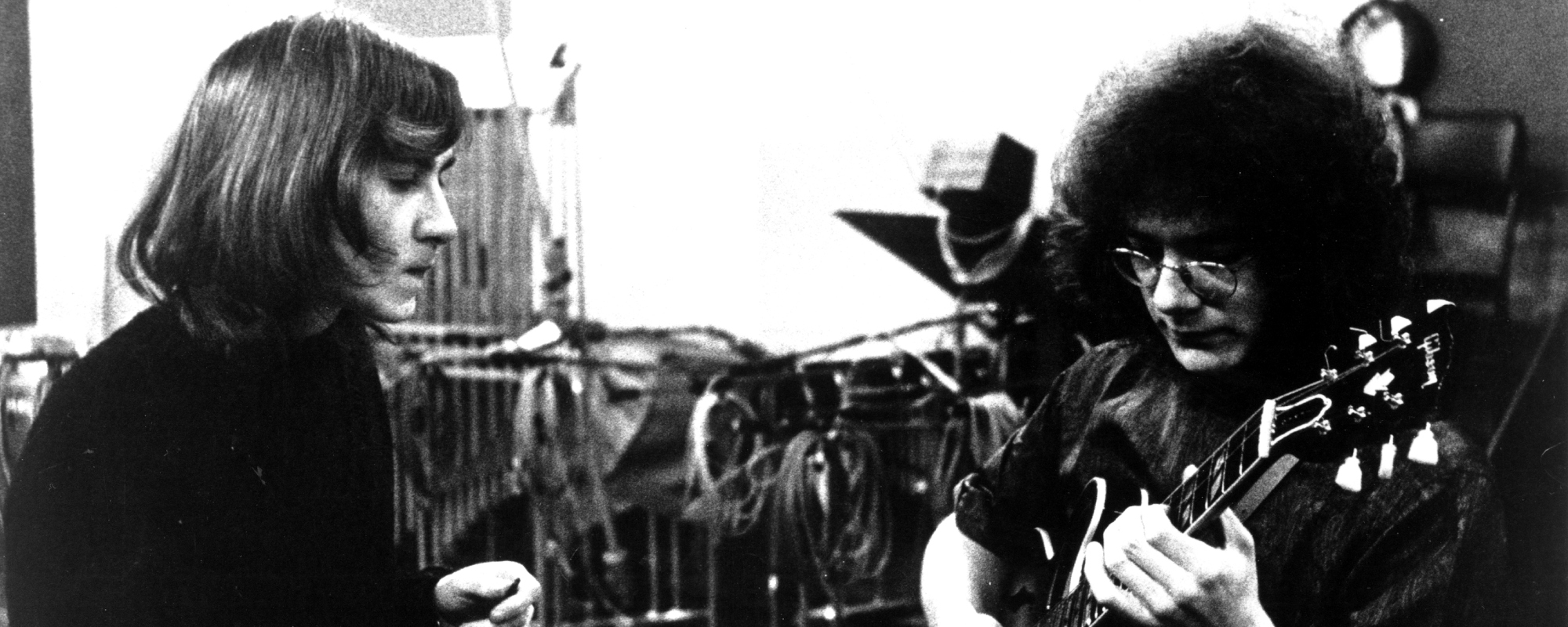


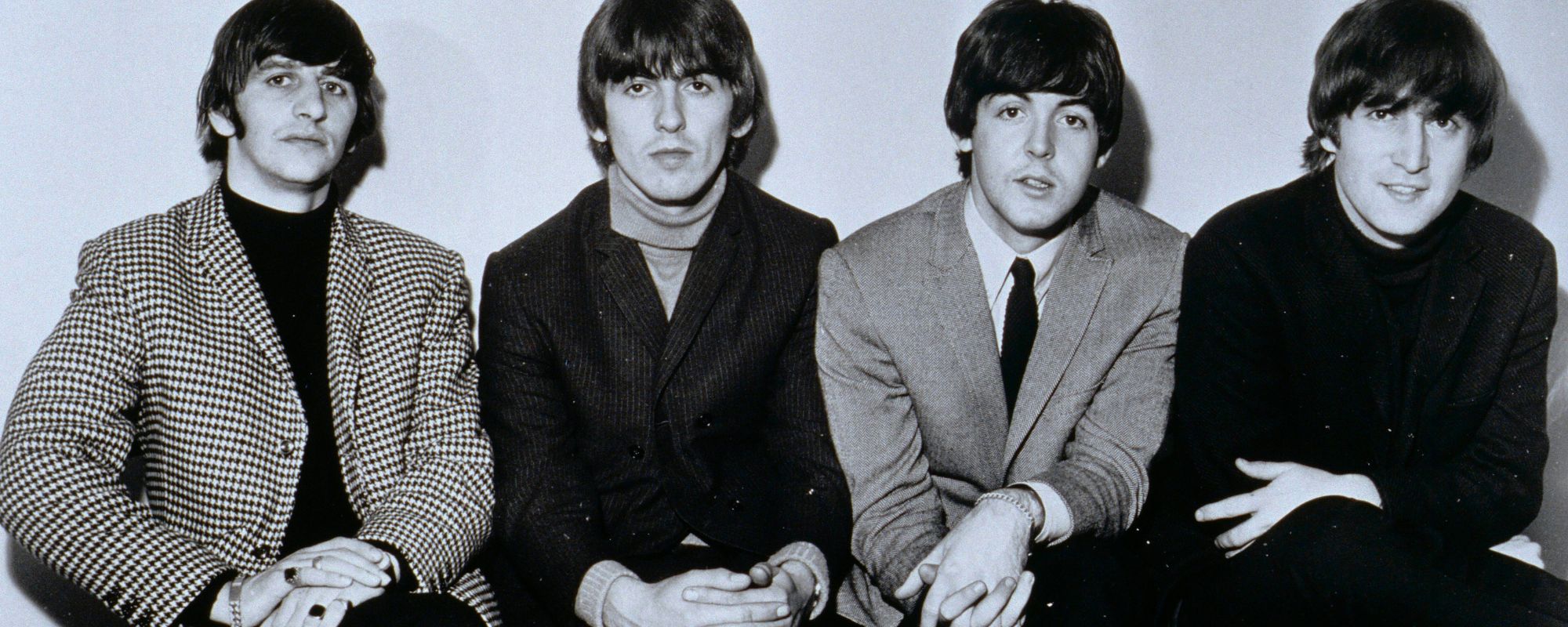

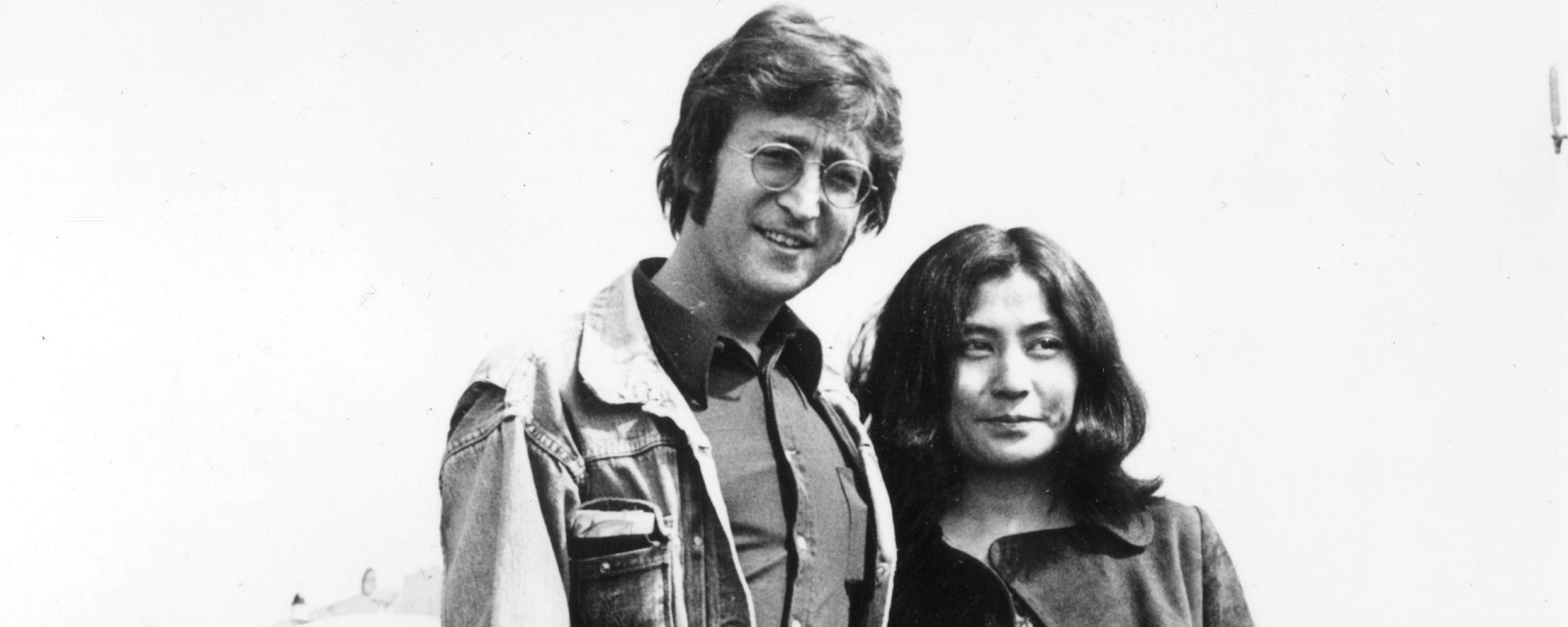
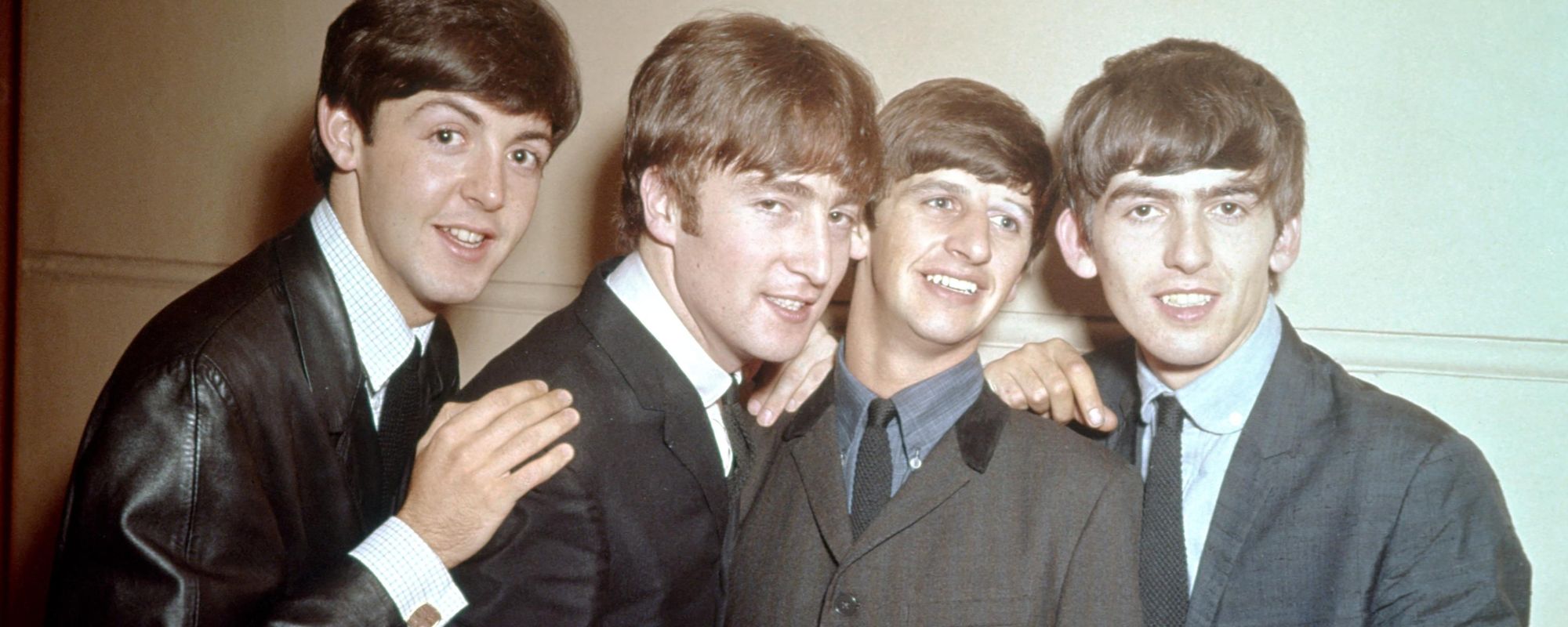
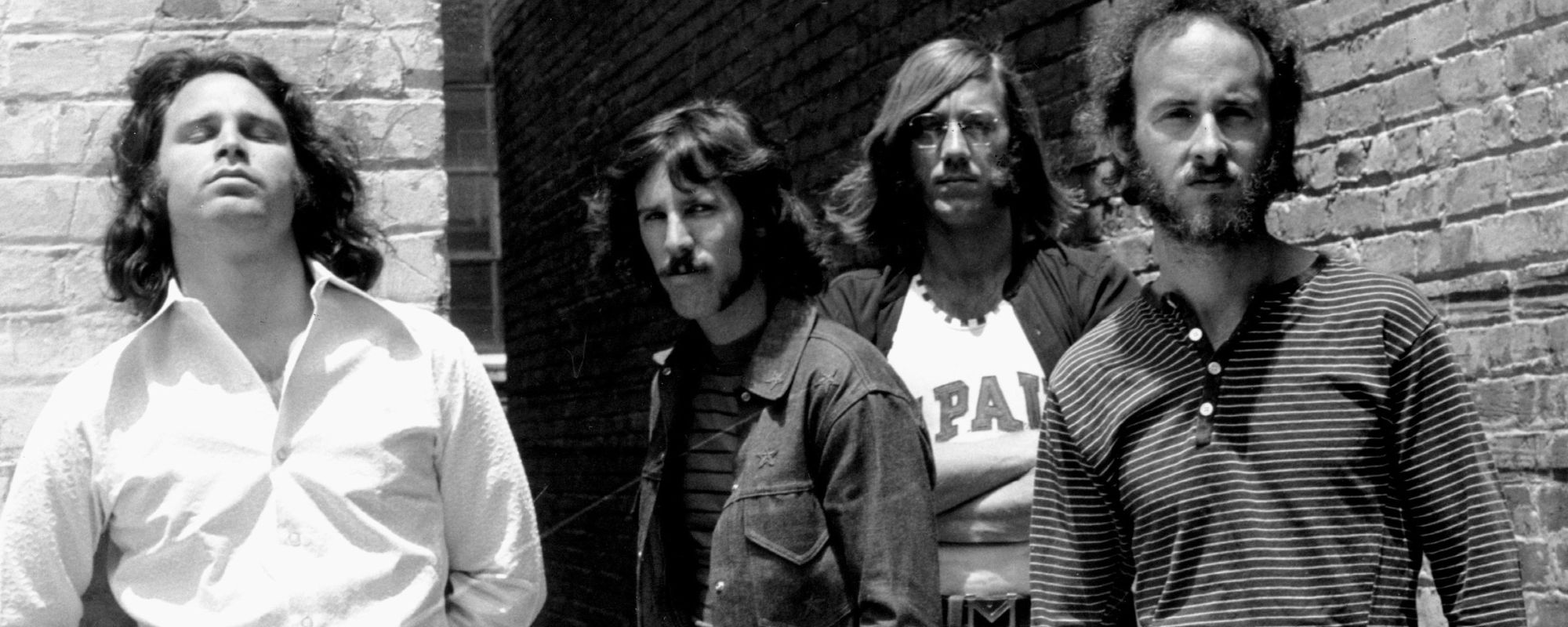
Leave a Reply
Only members can comment. Become a member. Already a member? Log in.